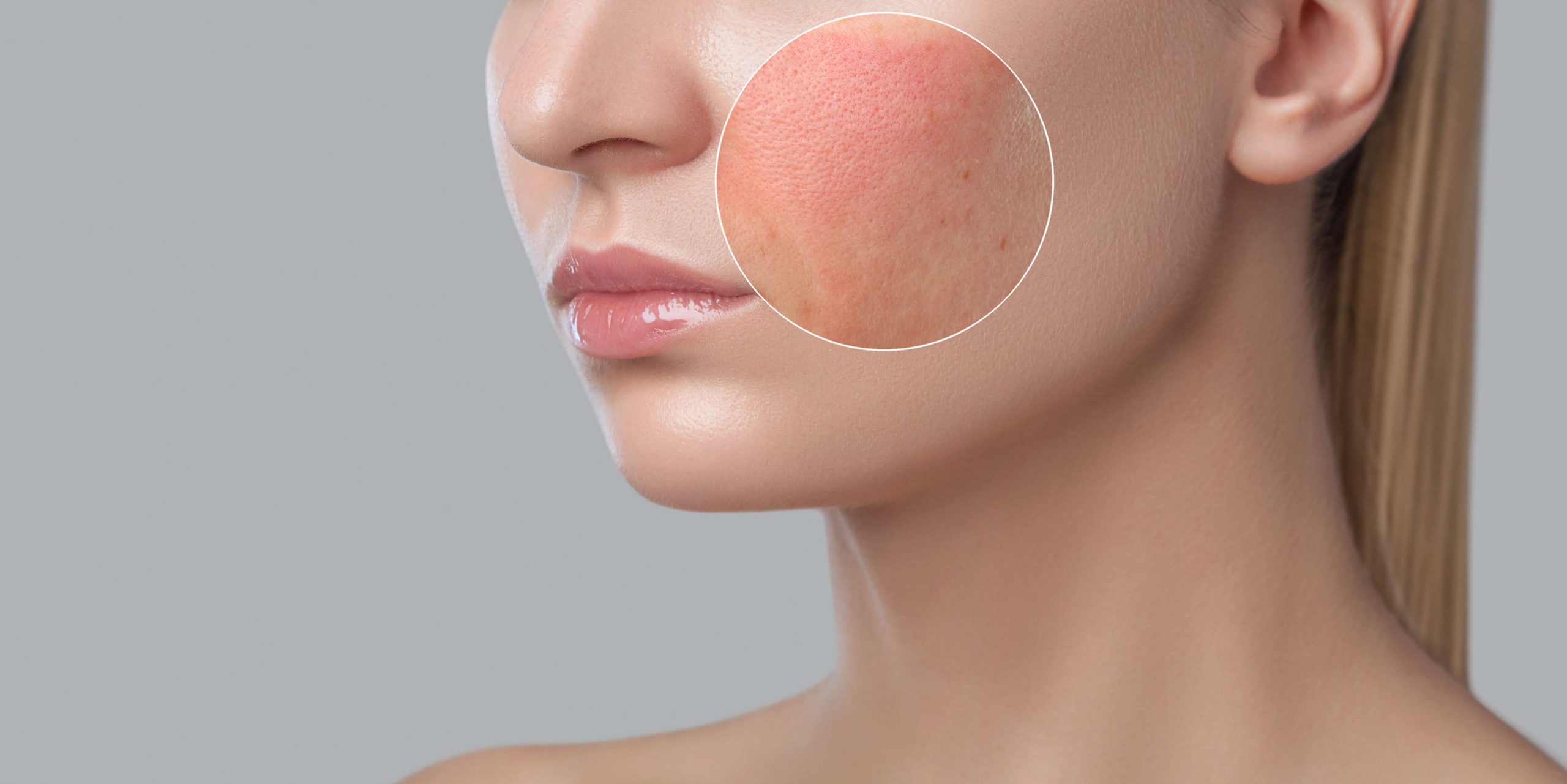
Understanding Facial Rashes: Causes, Symptoms, and Treatments
Exploring Facial Rashes
Facial rashes can be both distressing and uncomfortable, causing redness, itching, and irritation. Understanding the underlying causes, recognizing symptoms, and exploring effective treatments are essential steps in managing this common dermatological issue.
Identifying the Causes
Facial rashes can stem from a variety of factors, including allergic reactions, skin infections, irritants, or underlying medical conditions such as eczema or rosacea. Identifying the specific trigger for your rash is crucial in determining the most appropriate treatment approach.
Recognizing Symptoms
Symptoms of facial rashes can vary widely depending on the underlying cause. Common signs may include redness, swelling, itching, burning sensations, or the presence of bumps, blisters, or scales. It’s important to pay attention to these symptoms and seek medical attention if they persist or worsen.
Seeking Professional Diagnosis
If you’re experiencing persistent or severe facial rashes, it’s advisable to seek professional medical evaluation. A dermatologist or healthcare provider can conduct a thorough examination, review your medical history, and perform any necessary tests to accurately diagnose the underlying cause of your rash.
Exploring Treatment Options
Treatment for facial rashes depends on the underlying cause and severity of symptoms. In many cases, over-the-counter topical creams or ointments containing ingredients like hydrocortisone or antihistamines can help alleviate itching and inflammation. For more severe or persistent rashes, prescription medications or other interventions may be necessary.
Managing Allergic Reactions
If your facial rash is due to an allergic reaction, identifying and avoiding the allergen is paramount. This may involve changes to your skincare routine, dietary adjustments, or avoiding specific environmental triggers. Antihistamines or corticosteroids may also be prescribed to help manage symptoms.
Addressing Skin Infections
Facial rashes caused by bacterial or fungal infections may require treatment with topical or oral antibiotics or antifungal medications. Keeping the affected area clean and dry, avoiding touching or scratching the rash, and practicing good hygiene can help prevent the spread of infection.
Managing Chronic Conditions
For individuals with chronic skin conditions like eczema or rosacea, ongoing management and prevention strategies are essential. This may include gentle skincare practices, avoiding known triggers, using moisturizers and emollients, and following prescribed treatment regimens.
Preventing Future Rashes
While not all facial rashes can be prevented, there are steps you can take to minimize your risk. This includes practicing good skincare habits, avoiding harsh chemicals or allergens, staying hydrated, and protecting your skin from sun exposure.
Seeking Professional Guidance
If you’re struggling with facial rashes, don’t hesitate to seek professional guidance from a dermatologist or healthcare provider. They can provide personalized recommendations and treatment options tailored to your specific needs, helping you achieve clearer, healthier skin.
Conclusion
Facial rashes can be uncomfortable and disruptive, but with the right knowledge and treatment approach, they can often be effectively managed. By understanding the underlying causes, recognizing symptoms, and seeking appropriate medical care, you can take control of your skin health and enjoy clearer, more comfortable skin. Read more about rashes on face
